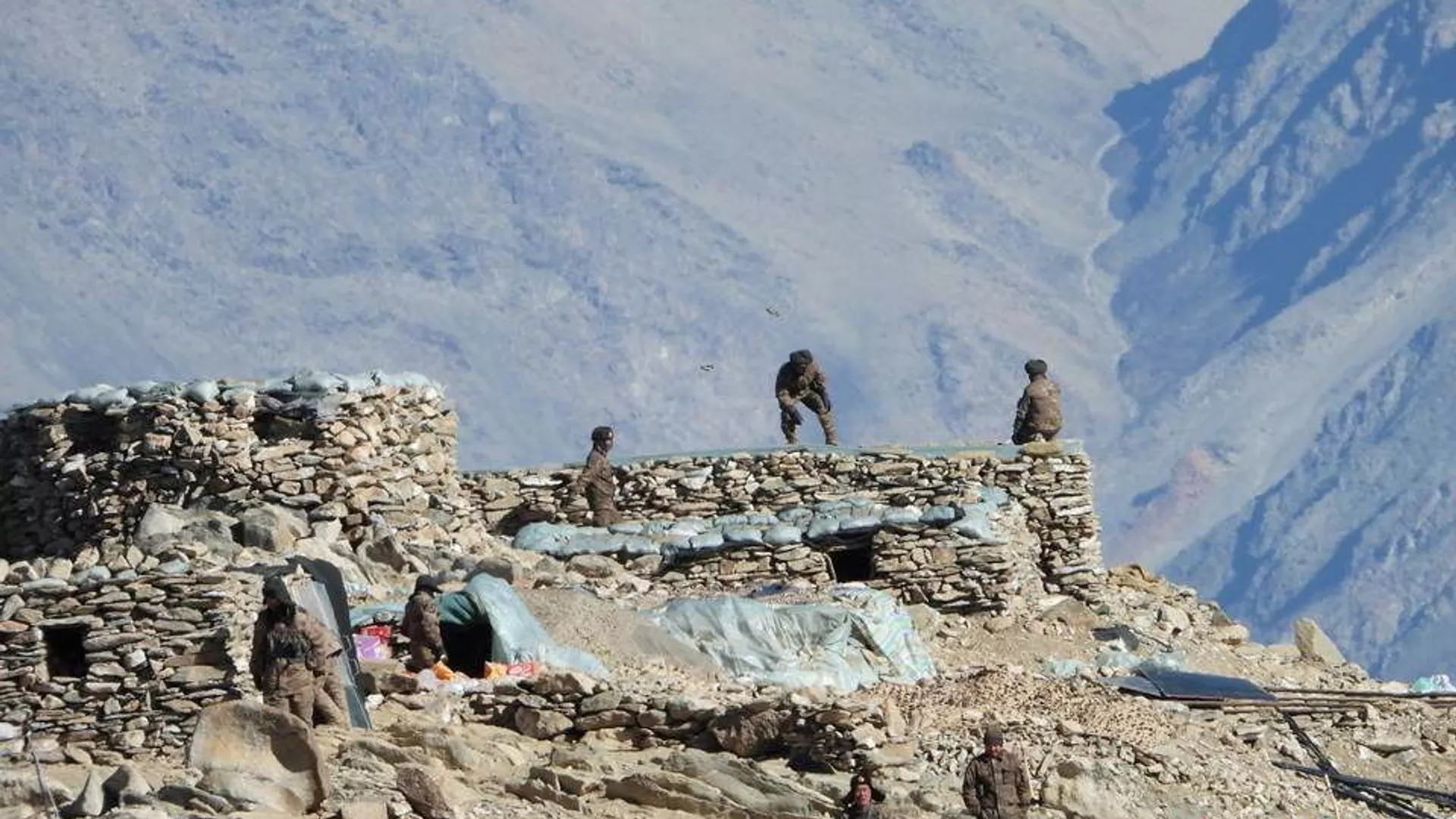Is China 'Re-Occupying' Key Ladakh Positions? Indian Army Rejects Report of Another Clash With PLA
10:06 GMT 14.07.2021 (Updated: 10:37 GMT 19.07.2022)

© REUTERS / Indian Army
Subscribe
India and China have held 11 rounds of military commander-level talks to end their border standoff. As part of the ongoing disengagement process, troops on both sides have retreated from one friction point on the northern bank of Lake Pangong Tso, while China has reportedly pulled back troops from forward positions in the Galwan Valley.
The Indian Army on Wednesday rejected a Business Standard report suggesting that Chinese and Indian troops clashed in the Galwan Valley on 2 May this year, amid an ongoing disengagement process in the Ladakh border standoff, which began last May.
“There have been no clashes at Galwan or any other area, as reported in the article. The intention of the reporter is malafide and not based on any truth”, the Indian Army said in a statement.
The news article, which cites government sources, says that the alleged clash between the Indian Army and China's People’s Liberation Army (PLA) occurred by the Galwan River, after Chinese soldiers pitched tents in an area that both sides had withdrawn from.
A deadly clash between the two armies in June last year resulted in the deaths of 20 Indian and four PLA soldiers, as per Delhi and Beijing.
The Indian Army has also rebutted claims in the article that Chinese troops “re-occupied” border positions which they had agreed to vacate as part of the mutual troop disengagement process that kick-started in February this year.
“Ever since the disengagement agreement in February this year, there has been no attempt by either side to occupy the areas from where the disengagement had been undertaken”, the official statement added.
“Both sides have continued with negotiations to resolve the balance issues, and regular patrolling in respective areas continues. The situation on the ground continues to be hithertofore”, it also said.
The Indian Army further said that it was regularly “monitoring” the PLA’s activities on the ground at the Ladakh border.
Per the news article, the PLA “flouted” the February 2021 demilitarisation agreement and sent back its troops to “re-occupy” key positions on the northern bank of Pangong-Tso Lake, which spans across the disputed Line of Actual Control (LAC) on the Indian and Chinese sides.
Further, the news story states that the PLA deployed “probably two” S-400 Triumf surface-to-air missile systems at the border, eroding India’s “air superiority”. It further alleges that Chinese drones have been regularly breaching Indian air space, even though on paper both sides agreed to withdraw their forces from their respective positions.
The Indian Army’s denial of the article has failed to assuage tempers in the South Asian nation, with key opposition leader and Congress parliamentarian Rahul Gandhi remarking that “India has never been this vulnerable”.
GOI’s use of foreign and defence policy as a domestic political tool has weakened our country.
— Rahul Gandhi (@RahulGandhi) July 14, 2021
India has never been this vulnerable. pic.twitter.com/1QLCbANYqC
Beijing claims New Delhi's military deployments along the border are the "root cause" of the current standoff. India, on the other hand, blames Beijing for "disturbing" the peace and tranquillity at the border by amassing a huge number of troops and trying to "unilaterally" alter the status quo.



